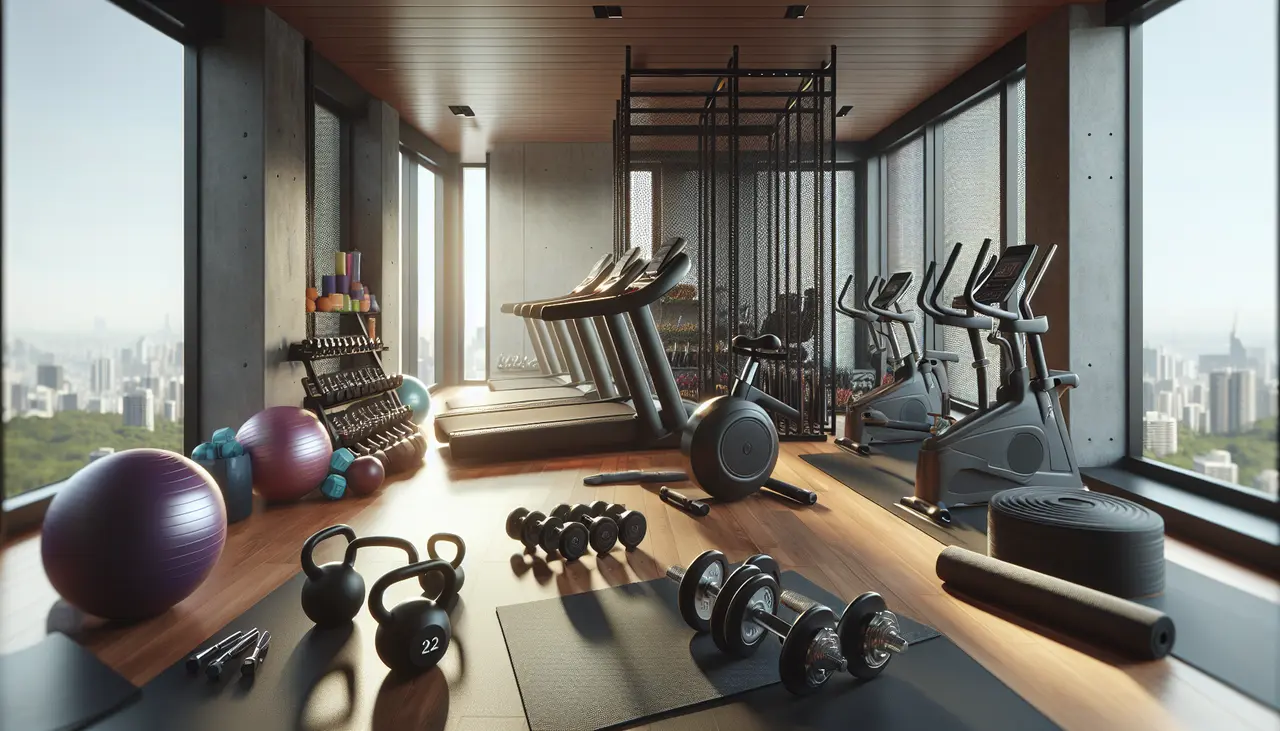Understanding Belt Issues: A Common Concern for Gym Equipment Owners
When it comes to maintaining your gym equipment, dealing with belt issues is a common challenge that many owners face. Whether it’s a treadmill, exercise bike, or home gym with a weight system, the belts play a crucial role in the proper functioning of these machines. Understanding the potential problems that can arise with belts is the first step towards effective troubleshooting and ensuring your equipment stays in optimal condition.
One of the key issues that gym equipment owners encounter is belt slippage. This can lead to uneven performance and potentially dangerous situations during a workout. Another prevalent problem is belt misalignment, which can cause excessive wear and tear on both the belt and the machine itself. By familiarizing yourself with these common belt issues, you’ll be better equipped to address them promptly and prevent further damage to your equipment.
Moreover, belt tension issues can significantly affect the usability and safety of your gym equipment. An overly tight belt can strain the motor and other components, while a loose belt can result in a lack of responsiveness during use. Detecting these tension-related problems early on can save you time and money in the long run by avoiding costly repairs or replacements.
Diagnosing Belt Problems: Identifying the Source of the Issue
Diagnosing belt problems accurately is essential for determining the most appropriate course of action to rectify the issue. Start by carefully inspecting the belt for any visible signs of damage, such as fraying, cracking, or stretching. These visual cues can indicate the specific nature of the problem, whether it’s due to excessive use, lack of maintenance, or other factors.
In addition to visual inspection, listening for unusual noises while the equipment is in operation can provide valuable clues about the belt’s condition. Squeaking, grinding, or rubbing sounds can suggest issues with belt alignment or lubrication. By actively listening for these auditory signals, you can pinpoint the source of the problem more effectively and take appropriate measures to address it.
Furthermore, testing the belt tension by applying pressure and observing its response can reveal potential tension-related issues. A properly tensioned belt should offer a good balance between flexibility and resistance. By conducting these diagnostic checks, you can narrow down the root cause of the belt problem and proceed with the necessary repairs or adjustments.
Tools Needed for Belt Repairs: Essential Equipment for a Successful Fix
Equipping yourself with the right tools for belt repairs is essential to ensure a successful outcome and prevent further damage to your gym equipment. Some of the basic tools you may need include a screwdriver set for accessing the internal components of the machine, a belt tension gauge for precise adjustments, and a lubricant suitable for the specific belt material.
Additionally, having a belt alignment tool can help you realign the belt correctly to prevent unnecessary wear and ensure smooth operation. Depending on the type of equipment you own, you may also require specialty tools such as a belt puller or tensioning tool. Investing in high-quality tools designed for belt maintenance can make the repair process more efficient and effective.
In some cases, consulting the equipment manual or contacting the manufacturer for recommended tools and techniques can provide valuable insights into the repair process. Don’t overlook the importance of using the right tools and following proper procedures when addressing belt issues, as this can safeguard your equipment’s performance and longevity in the long term.
Step-by-Step Repair Guide: How to Fix Belt Issues on Various Gym Equipment
When it comes to repairing belt issues on your gym equipment, following a systematic approach can help streamline the process and ensure effective results. Start by powering off the machine and unplugging it to prevent any accidents or injuries during the repair. Assess the belt tension and alignment to identify the specific problem areas that need attention.
Next, refer to the equipment manual or online resources to understand the recommended repair procedure for your specific machine. Whether it’s adjusting the tension, realigning the belt, or replacing damaged components, following the manufacturer’s guidelines is crucial for a safe and successful repair. Take your time to work carefully and methodically through each step to avoid mistakes and ensure the belt is restored to its optimal condition.
Finally, perform a test run of the equipment after completing the repair to ensure that the belt functions smoothly and without any issues. Listen for any unusual sounds, observe the belt’s movement, and test different speed or resistance settings to confirm that the repair was successful. By taking a proactive approach to fixing belt issues and conducting regular maintenance, you can extend the lifespan of your gym equipment and enjoy uninterrupted workouts.

